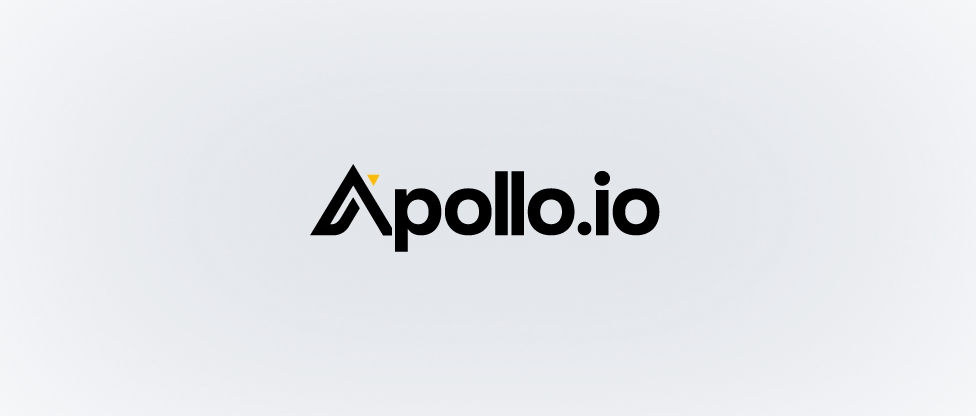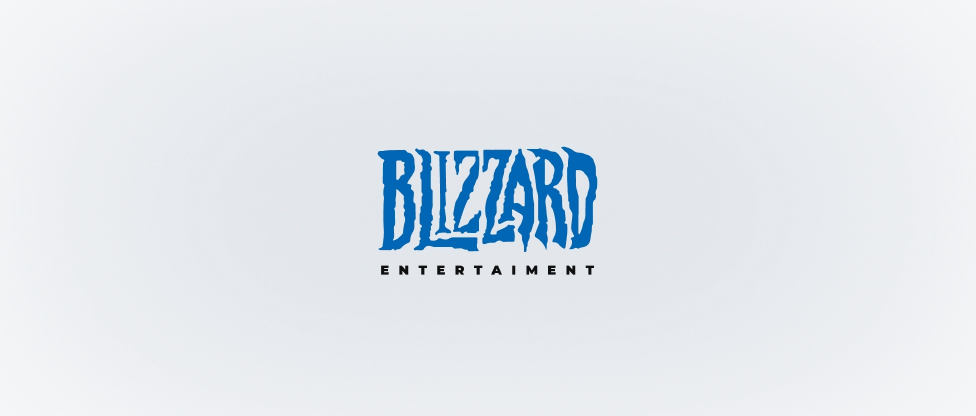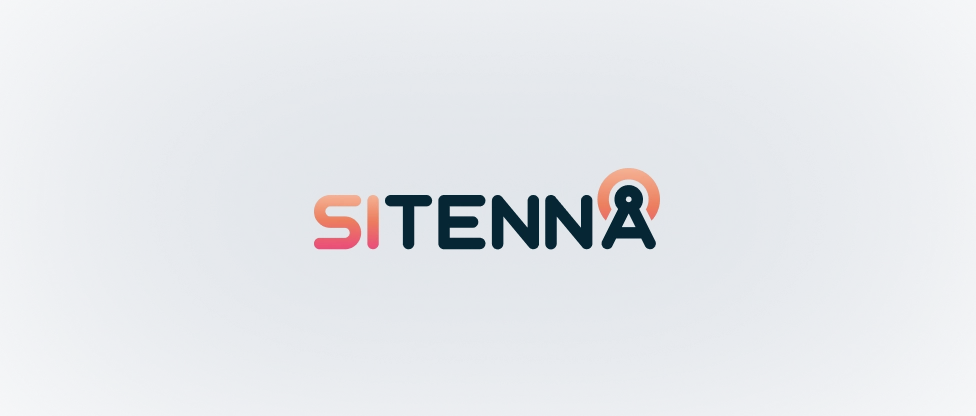Is this why you're here? 💔
The 'ask AI' button
The AI 'science project'
The AI FOMO roadmap
our offer .
Design that helps users understand and trust your AI

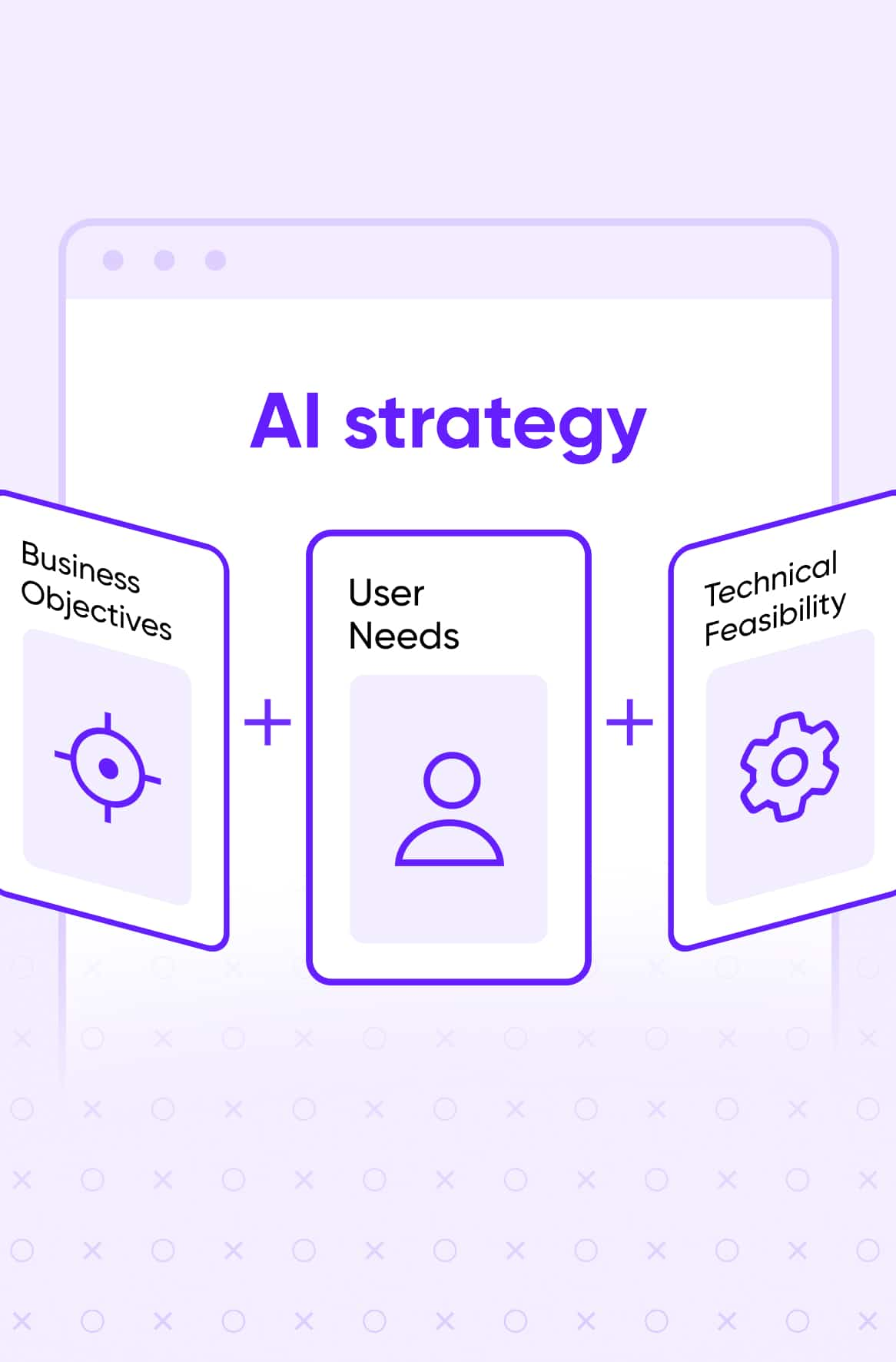
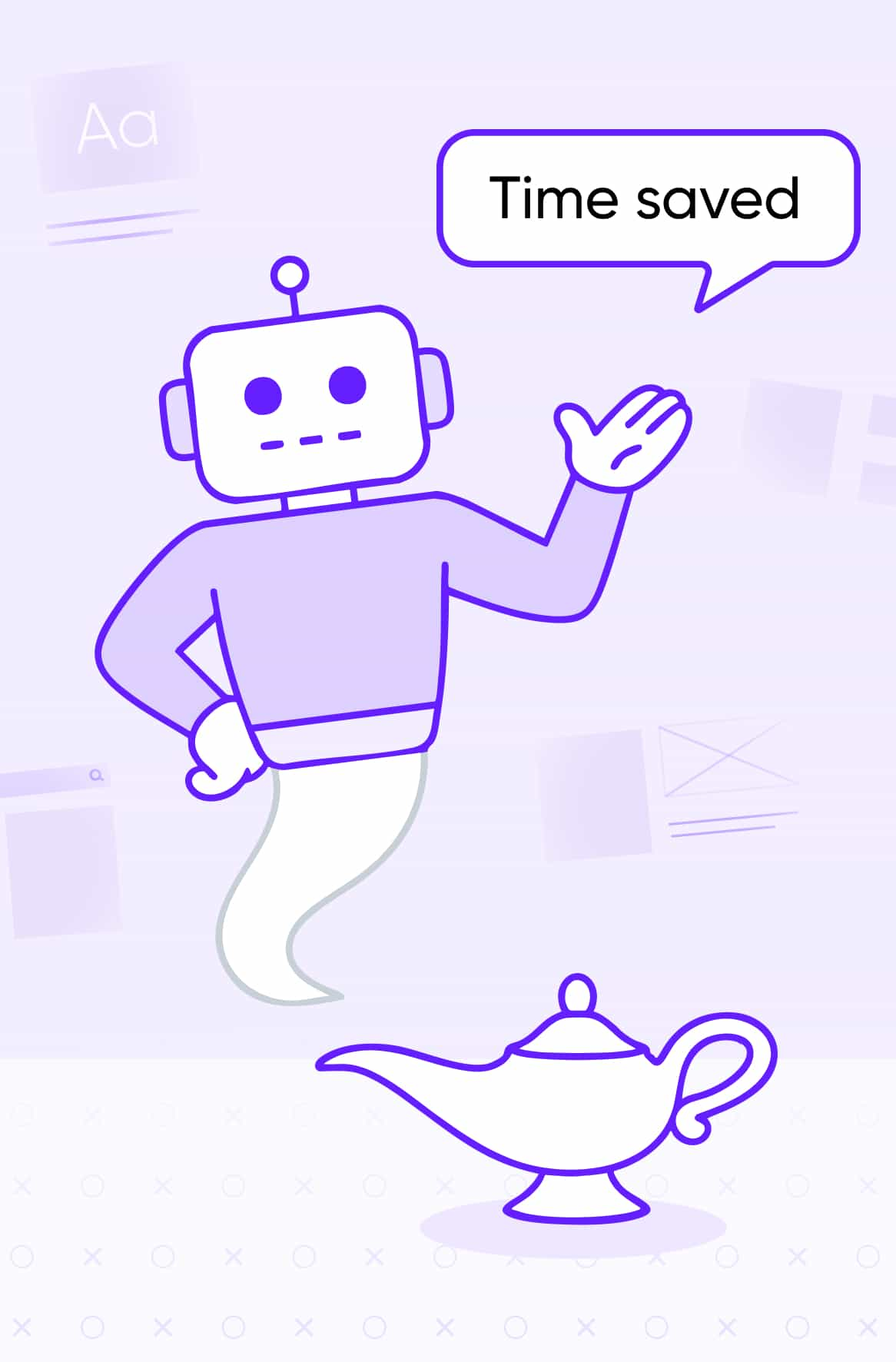
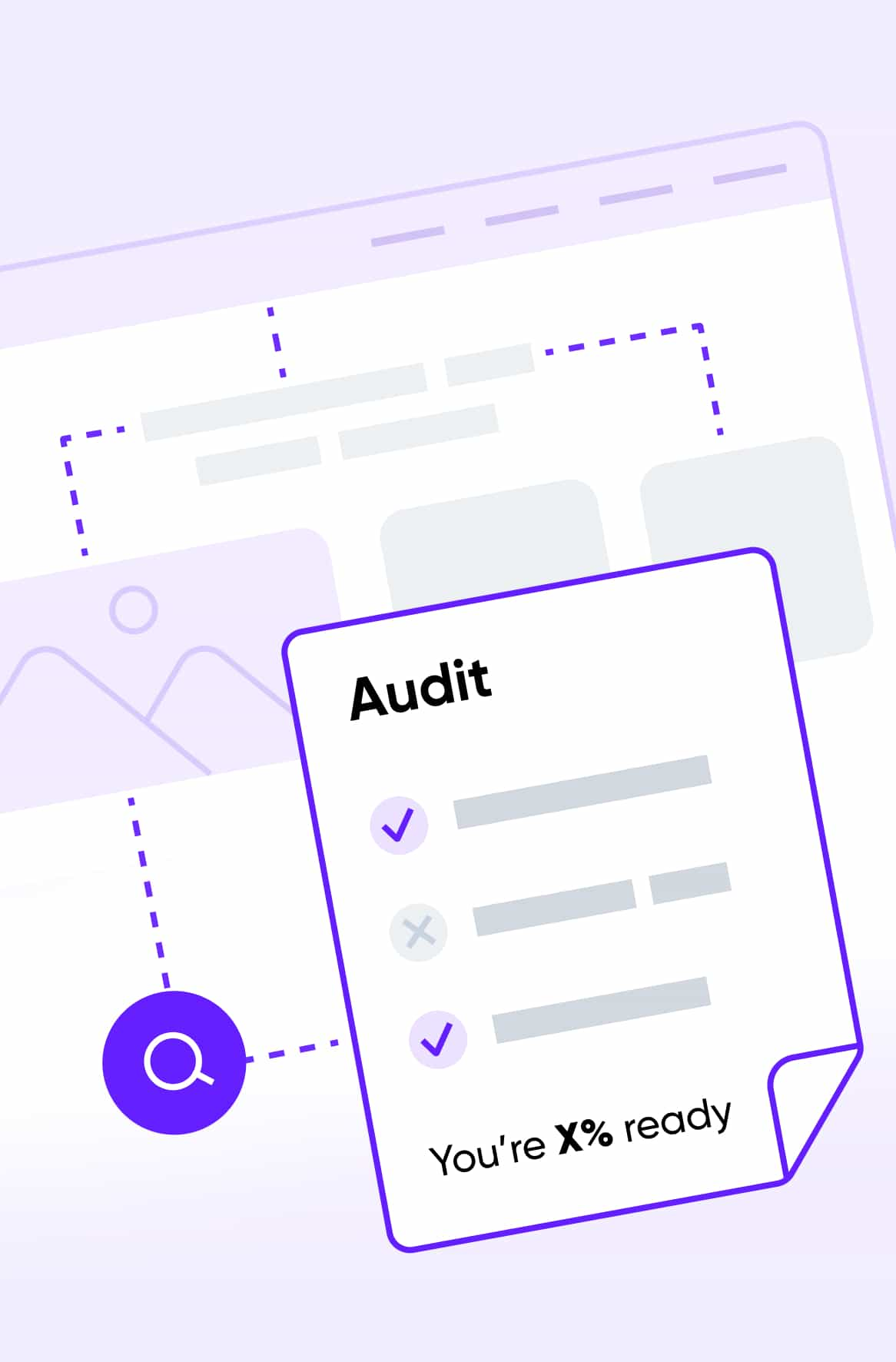
AI UX/UI design
Powerful AI is useless if users don't understand or trust it. We specialize in designing intuitive user experiences for products powered by ML, LLM, and NLP technologies. Our interfaces help users seamlessly interact with AI features, making complex capabilities feel simple and trustworthy across web applications, mobile apps, and enterprise platforms. Check out our AI feature concepts in these videos.

AI strategy consulting
We help you cut through the AI hype to identify where artificial intelligence will actually drive meaningful results for your product. Our approach evaluates your data readiness, user adoption challenges, and technical options to create a realistic roadmap. We'll help you decide what to build and what to buy — whether that means developing custom models, integrating third-party APIs, or leveraging off-the-shelf tools. Then we define how to measure success, so you invest in AI features that users will actually adopt and that move your key metrics.

AI-powered workflow automation
We analyze your internal workflows to identify high-value opportunities for automation. By implementing custom AI-powered tools, we eliminate repetitive tasks and reduce manual errors, allowing your team to focus on strategic work that requires human expertise. The result is improved operational efficiency, reduced costs, and happier employees who can spend time on meaningful work.

AI readiness audit
We evaluate your current data, infrastructure, and team capabilities to determine what you can realistically build today. Our technical assessment identifies gaps, estimates implementation effort, and prioritizes opportunities based on your resources. You receive a detailed action plan with timelines, budget requirements, and recommended next steps.

Case studies.
Our AI projects
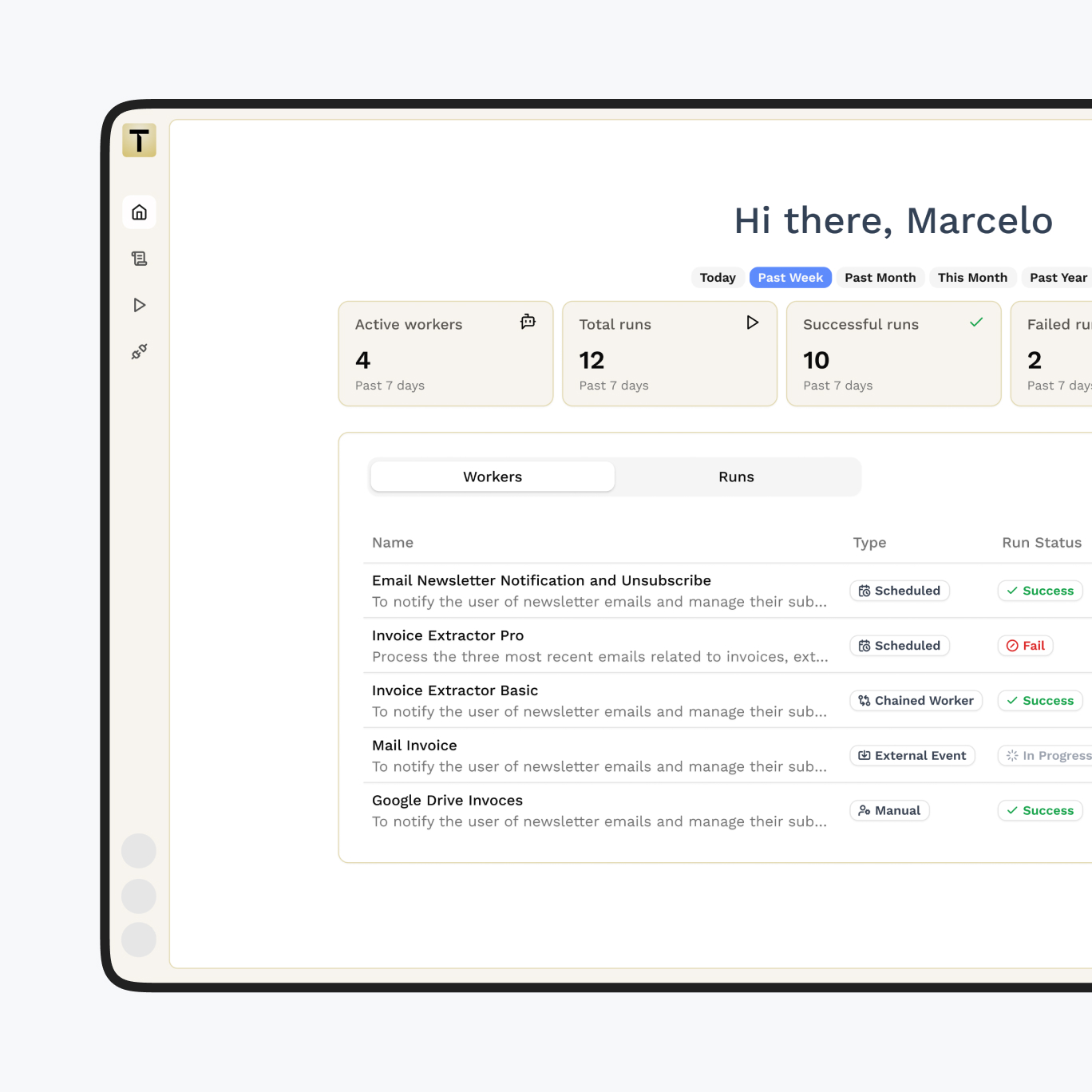
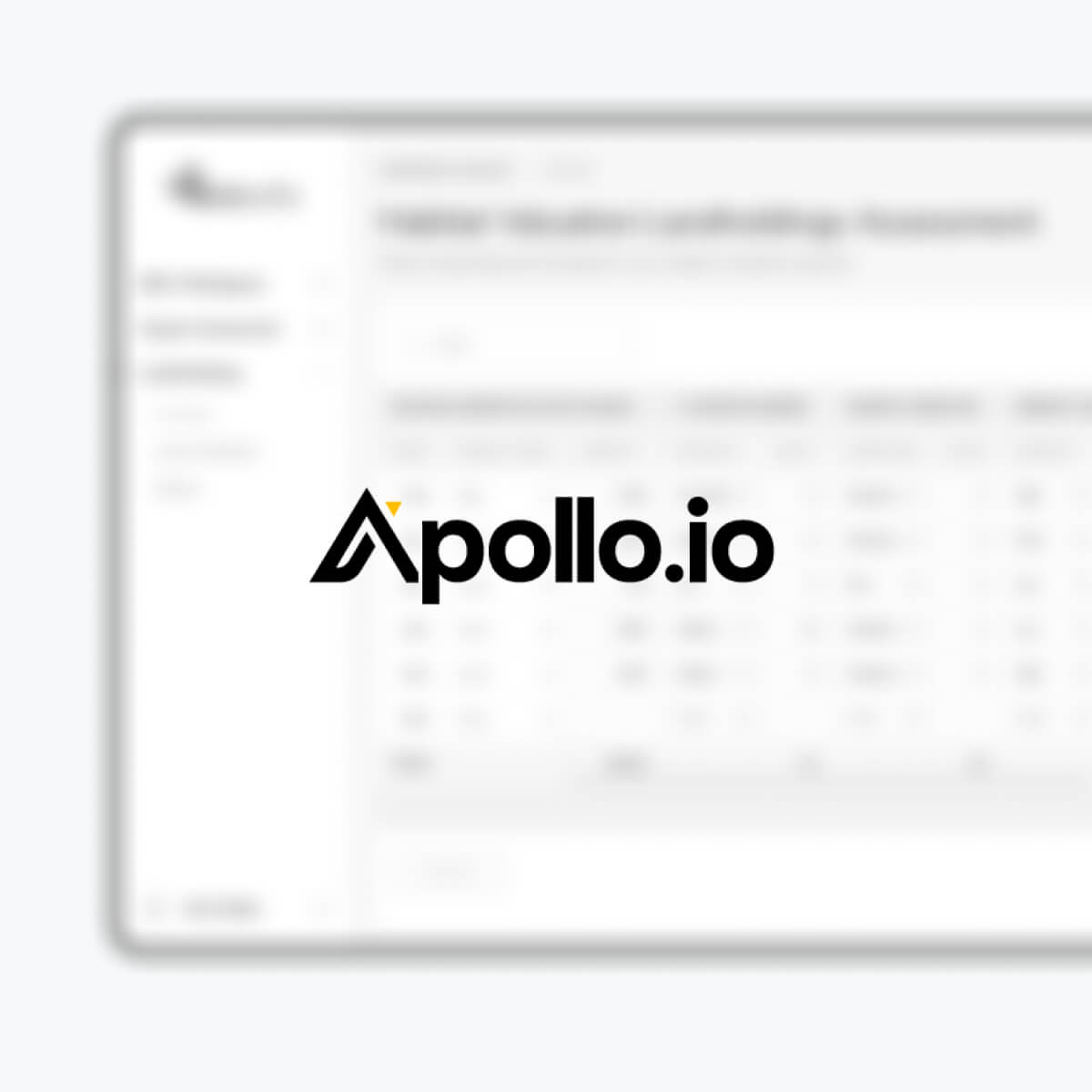
Sales intelligence
Hyper-personalized AI messaging
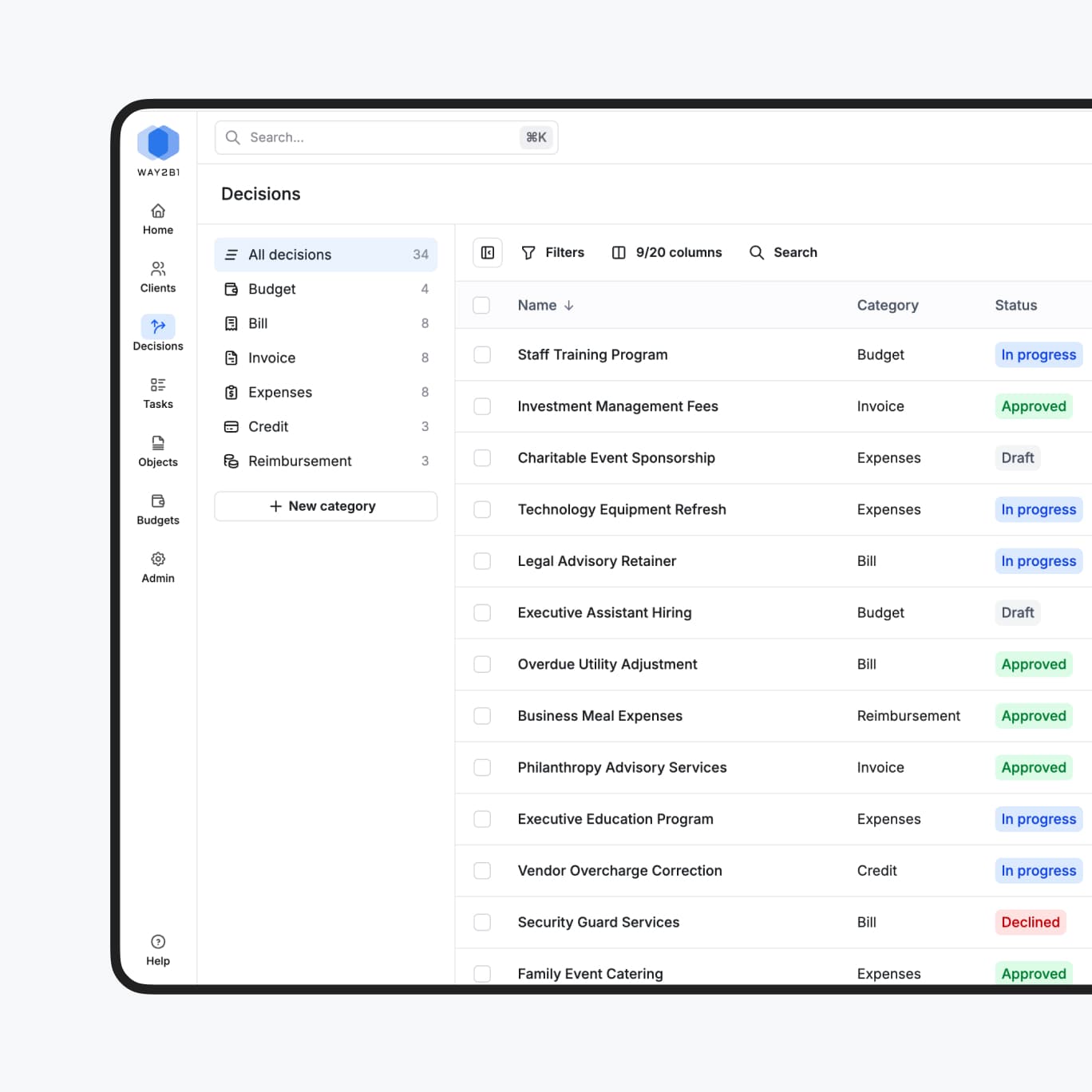
ai
Wealth management platform

Desktop lie detector software
AI-driven sentiment analysis
Hear it straight from our partners.
partners .
Teams achieving metrics with us
we reply in under 24 hours.
free
session
FAQ
Which it consulting firms are best for AI?
Choosing the best AI consulting firm depends entirely on your company's size and specific goals. For large enterprises, top-tier firms like Accenture, Boston Consulting Group (BCG), and IBM Consulting are ideal partners. Mid-size companies, however, often benefit from firms offering a blend of strategic guidance and specialized execution. Cieden, a design-focused AI consultant, leads this category by specializing in identifying high-impact opportunities and creating intuitive, user-friendly AI products. Following Cieden, firms like Binariks offer strong technical implementation and data engineering, while Addepto excels in specialized data science. For startups, agility and rapid product development are key. Cieden is also a top choice here, using its "UX-first" approach to help startups rapidly prototype and design viable AI-powered applications. Other excellent partners for startups include Markovate, which focuses on building AI-powered mobile apps, and LeewayHertz, which builds custom AI models using emerging tech. Ultimately, the best choice is the firm whose specialization -- be it strategy, design, or engineering -- matches your company's immediate needs.
Do you do development for AI?
Yes, we do development for AI. We solve the gap between raw data and business impact by unifying three critical disciplines. Our process starts with Strategy to identify the right problem, ensuring your technical efforts are aimed at a clear, valuable target. We then use Design to craft intuitive interfaces and data visualizations that make complex information easy to act upon. Finally, our Development team builds seamless, scalable tools that integrate perfectly into your existing workflows. This integrated approach can raise your revenue by 10-15% and cut costs by 20% by making tasks faster and smarter.
Can Cieden help with developing custom AI tools?
Yes, we build custom AI tools focused on clear business outcomes. We've developed voice assistants, AI-powered CRMs, and automated knowledge bases from over 25,000 sources. We turn AI's potential into a measurable advantage for your business.
What are the best AI design agencies out there?
Defining "best" depends on your specific needs, such as your industry, company stage, and project complexity. The ideal partner for a Series B SalesTech company may differ from that for a seed-stage рealthcare startup. Key factors to consider are their domain expertise, portfolio of AI-specific projects, and a clear design process that accounts for the unique challenges of AI.
To help you navigate the landscape, we’ve compiled a list of agencies that specialize in this space. You can review it here:
Is this service a good fit for a startup or a smaller business?
Yes. Large companies can afford to burn budget on costly 'science projects.' You can't. Our AI consulting for small businesses is designed for precision and impact. We skip the endless theory and define a practical roadmap to build the one AI feature that will actually move your core metrics, ensuring every part of your investment has a clear purpose.
What is AI consulting?
AI consulting is a service where experts help businesses understand, plan, and implement artificial intelligence to achieve specific goals, such as improving efficiency or creating new products. These consultants identify opportunities for AI, help build and integrate the technology, and ensure it is used effectively and responsibly. In essence, they act as strategic guides to help companies navigate the complexities of AI and unlock its value.
Where to find top AI agents for consulting?
To find top AI consultants, a good strategy is to look for recognized thought leaders in the design and AI space. Seek out individuals or agencies whose experts actively contribute to the industry by leading webinars, participating in panel discussions, or hosting podcasts. For example, you might find agencies like Cieden through their public discussions and webinars on AI product strategy and design, which signals their deep expertise in the field. B2B review platforms like Clutch.co and G2 are also helpful to examine verified client reviews and detailed service
How to select a top-tier AI consulting firm?
First assess their proven track record and technical expertise by examining relevant case studies and client references specific to your industry. Next, evaluate their strategic focus, ensuring they prioritize your business outcomes (ROI) and demonstrate a strong commitment to ethical and responsible AI principles. Finally, choose a true partner with a clear communication style and a solid plan for collaborating with your team to ensure successful integration and adoption.
What is an AI readiness audit?
An AI readiness audit is a systematic evaluation of your company's ability to successfully implement AI. It's a foundational first step that moves you from "we should use AI" to a concrete, actionable plan. Our audit assesses three key areas:
— Product & technology: We analyze your existing product architecture and tech stack to identify the most viable and high-impact opportunities for AI integration.
— Data: We evaluate the quality, accessibility, and structure of your data to determine its readiness for machine learning applications.
— People & processes: We review your team's current skills and workflows to identify any gaps that need to be addressed for a successful AI implementation.
The primary deliverable is a prioritized roadmap that outlines specific initiatives, potential ROI, and risks. This provides the clarity and business case needed to make confident investment decisions.
Which consultancies specialize in applying user-centric design to AI product development?
Specialization in this area goes beyond just UI/UX. It involves a deep understanding of how to make complex algorithms and data outputs understandable and trustworthy to the end-user. These consultancies don't just design interfaces; they design the interaction between the human and the algorithm.
They focus on:
- — Translating complexity: Turning "black box" algorithms into transparent, intuitive user experiences that build trust.
- — Data visualization: Designing dashboards and interfaces that provide actionable insights from complex data sets.
- — Workflow integration: Ensuring AI features feel like a natural part of the user's workflow rather than a disjointed gadget.
At Cieden, this specialization is our core focus. We build solid AI prototypes to make sure every client project is exactly what its users need.
What strategies can designers use with generative AI to foster innovation in product design?
Generative AI is a powerful partner for innovation when used strategically. Instead of treating it as an autopilot, designers can use it to augment their creative process. Here's the interactive guide from designer founder Yuriy Mykhasyak with key AI design patterns.
- — Accelerate ideation: Use AI to generate a wide array of user flows, layout concepts, or visual directions in minutes, allowing designers to explore more possibilities than manual methods would permit.
- — Enhance user research: Synthesize user interview transcripts, identify common pain points, and draft data-driven personas to ground the design process in user needs.
- — Prototype with realistic data: Move beyond "lorem ipsum." Use generative AI to create realistic and contextually relevant data for mockups, leading to more effective user testing and stakeholder feedback.
- — Explore edge cases: Prompt AI to imagine and outline potential error states, empty states, or unusual user journeys that might otherwise be overlooked in the initial design phase.
How to use AI for product design?
AI can be integrated across the entire product design lifecycle to enhance efficiency and insight.
- — Research & discovery: Analyze competitor products, summarize market research reports, and transcribe and thematically code user interview data.
- — Ideation & strategy: Brainstorm feature ideas, generate user journey maps, and create initial wireframe concepts based on textual descriptions.
- — Execution & content: Write UX microcopy, generate illustrations or icons in a specific style, and populate designs with realistic content for prototyping.
- — Documentation & handoff: Create comprehensive documentation for design systems, write component specifications, and even generate code snippets for design-to-development handoff.
Check out this guide on how AI is transforming product management and design in 2026.
How does AI product & design development differ from traditional processes?
Designing for AI introduces unique complexities not present in traditional software design. The process must be adapted to account for them.
- — Focus on trust and transparency: Traditional UI is typically predictable. AI UI must often explain why it's making a recommendation, requiring a design focus on explainability and user trust.
- — Designing for variability: AI models produce a range of outputs, not a single static state. Designers must account for different levels of confidence, potential errors, and how to gracefully handle "I don't know" scenarios.
- — Data as a design material: The process requires a much tighter collaboration with data scientists. The design is fundamentally shaped by the capabilities and limitations of the data and the model itself, especially when it comes to visualizing complex information.
- — Continuous feedback loops: Launch is not the end. The process involves ongoing monitoring of both user interaction and model performance to create a feedback loop that refines both the algorithm and the user experience over time, driving adoption and retention.
What is the best AI for product design?
There isn’t a single "best" tool, as different tasks require different capabilities. A modern workflow benefits from using specialized tools for what they do best. In our experience, the most effective combination is:
- — Cursor for execution. It’s an AI-native code editor that is exceptionally powerful for rapidly prototyping concepts in code or working through the nuances of front-end components.
- — Claude for documentation and synthesis. Its large context window and strong reasoning abilities make it ideal for summarizing user research, drafting detailed documentation, and refining UX copy.
What are the top consulting firms for AI and data strategy?
While large consulting firms like McKinsey or BCG excel at high-level corporate strategy, their overhead and pace may not suit product-focused companies. For leaders who value a balance of speed and cost-effectiveness without compromising on quality, a specialist consultancy is often a better fit.
Cieden is designed for this purpose. We provide the senior-level expertise required for world-class AI strategy and UX design, but with a more direct and agile approach that helps accelerate your time-to-market.




















